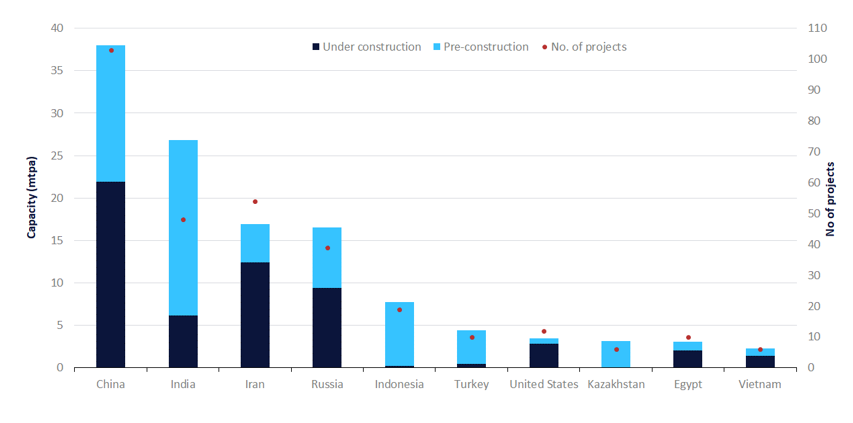Asian countries are expected to dominate the global polyolefins capacity additions.
China and India together account for approximately 47% of the global upcoming polyolefins capacity additions.
Within Asia, China and India are expected to contribute more than 80% of the regional capacity additions.
Expanding population, higher incomes, and rising consumption of consumer goods are expected to drive capacity expansions in these countries.
Growing demand for convenient packaging and other various sectors such as the automotive and electronics industries will drive capacity expansions, going forward.
See Also:
Population growth coupled with urbanisation is driving the consumption of products made from polyolefins and is in turn driving capacity additions.
How well do you really know your competitors?
Access the most comprehensive Company Profiles on the market, powered by GlobalData. Save hours of research. Gain competitive edge.

Thank you!
Your download email will arrive shortly
Not ready to buy yet? Download a free sample
We are confident about the unique quality of our Company Profiles. However, we want you to make the most beneficial decision for your business, so we offer a free sample that you can download by submitting the below form
By GlobalDataFor other countries such as Iran, Russia, and the US, feedstock advantage plays an important role for capacity additions.
Further details of polyolefins can be found in leading data and analytics company GlobalData’s new report, Polyolefins Market Analysis and Forecast by Products, Capacity Additions, Top Countries and Active and Upcoming Projects to 2030.







